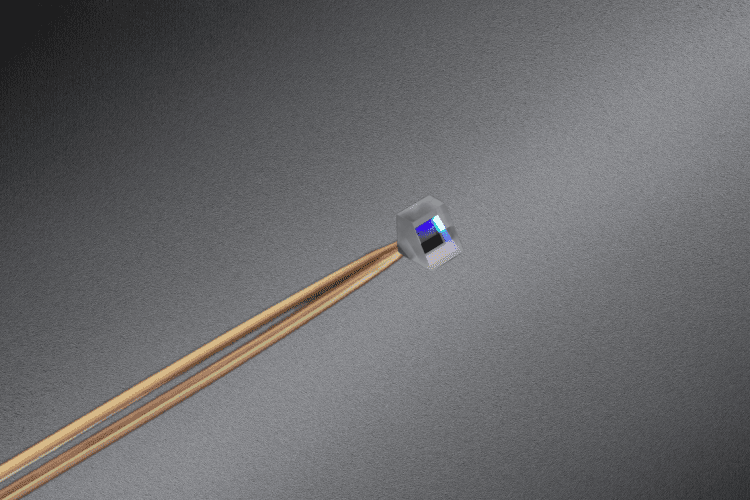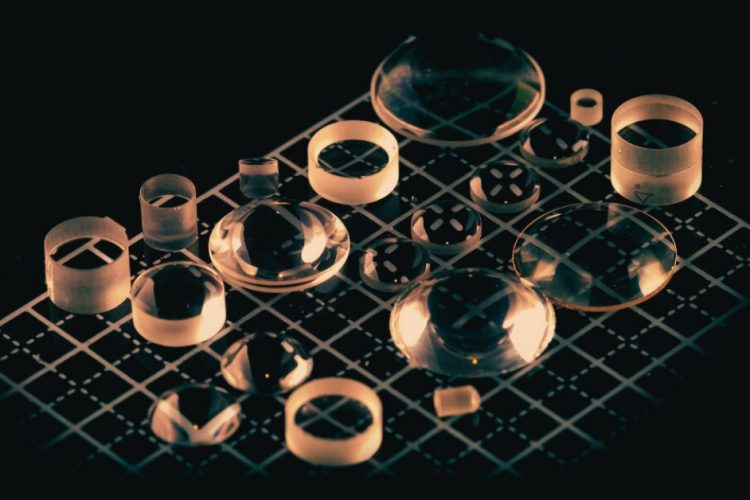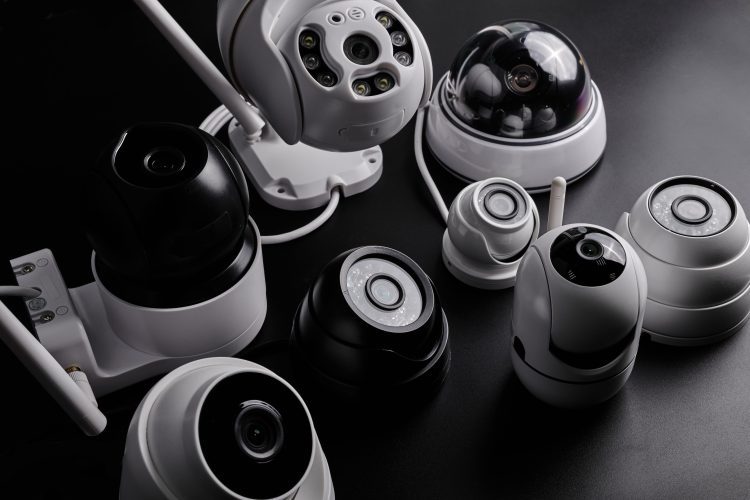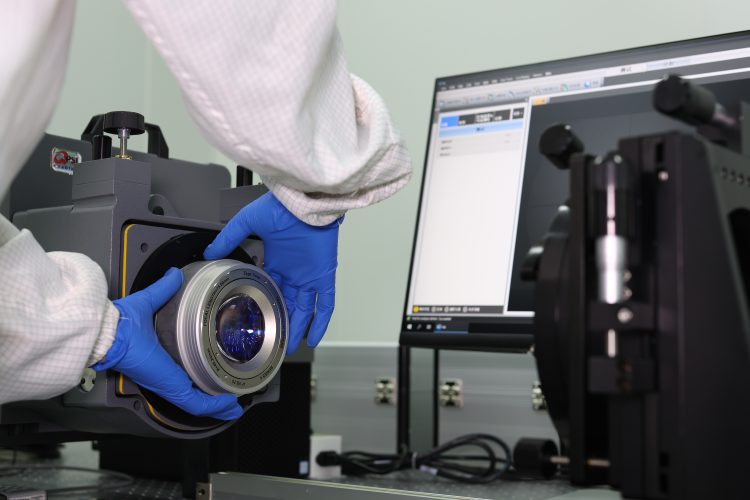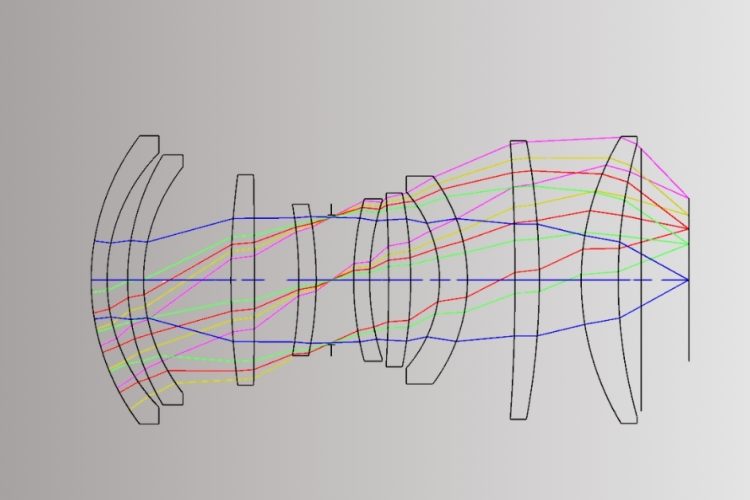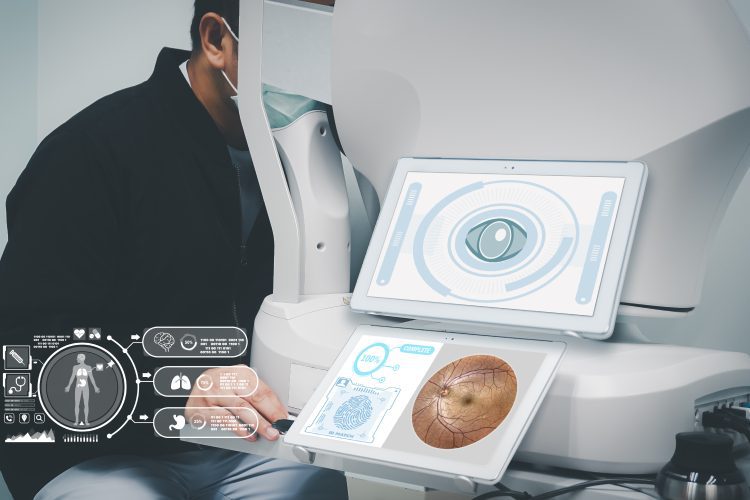Key Takeaways: Avantier specializes in micro prisms, invisible to the naked eye yet vital for society’s development. These prisms, made from precision-cut prism glass, enable light bending for optical equipment, aiding in miniaturization and lightweighting. Avantier’s technology creates (ultra-small) micro prisms (<3 mm) customized for diverse environments. The production process involves cutting, grinding, polishing, and […]


